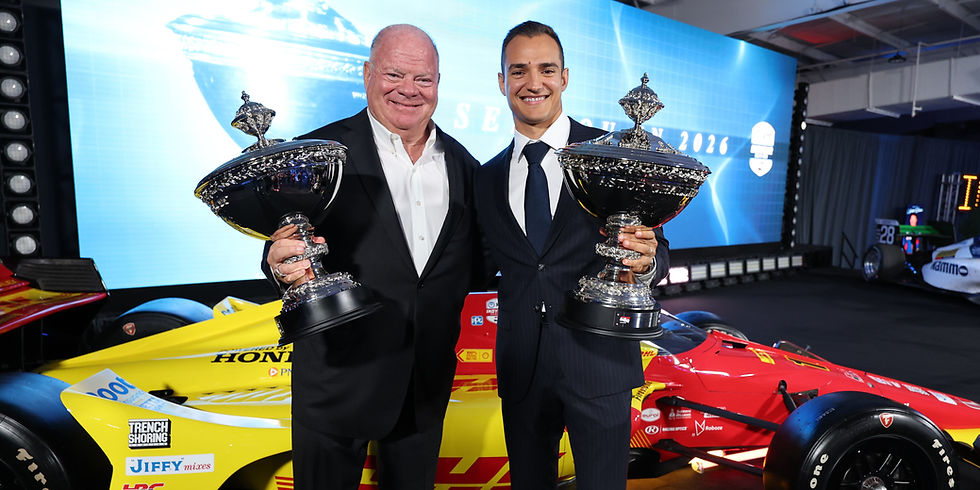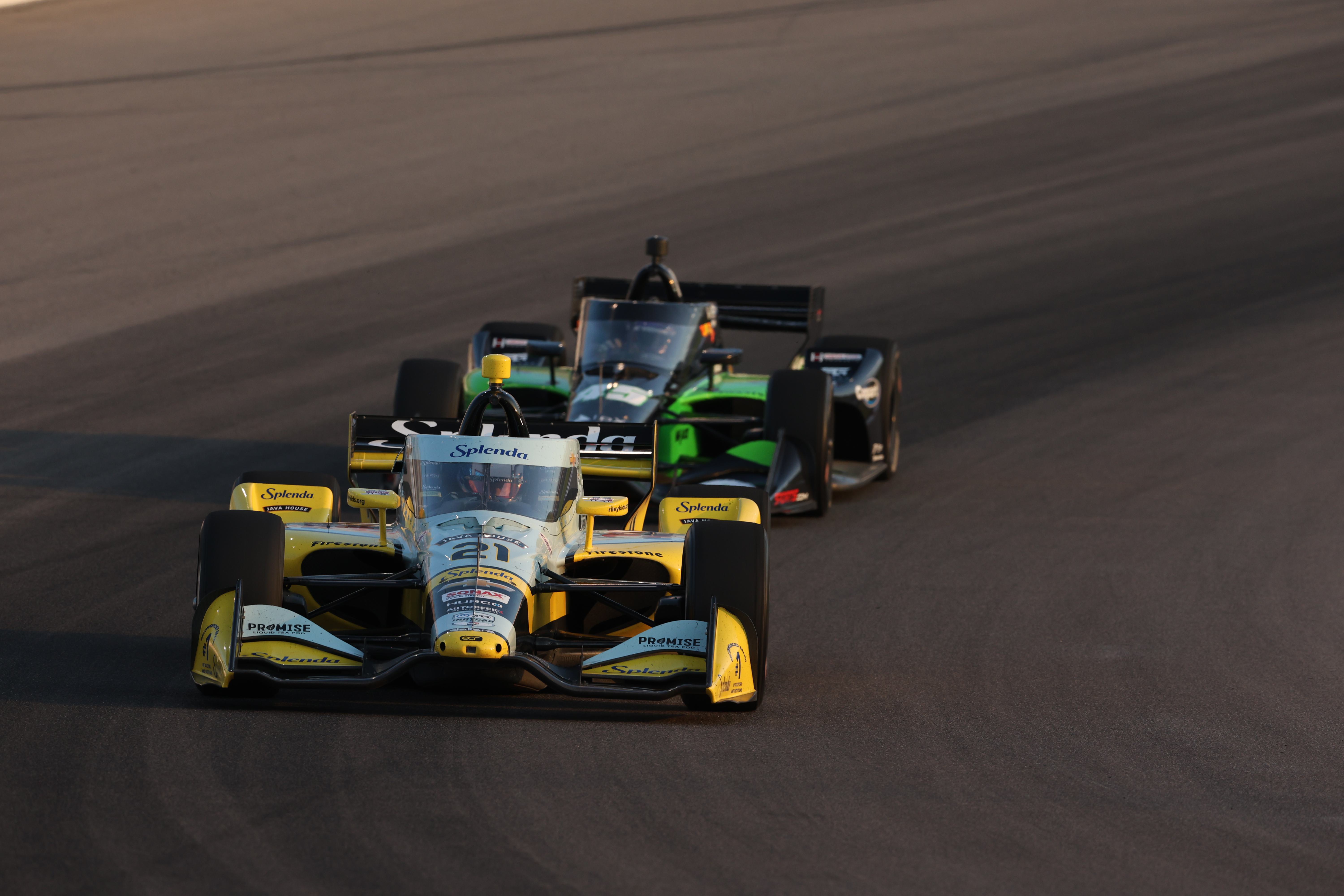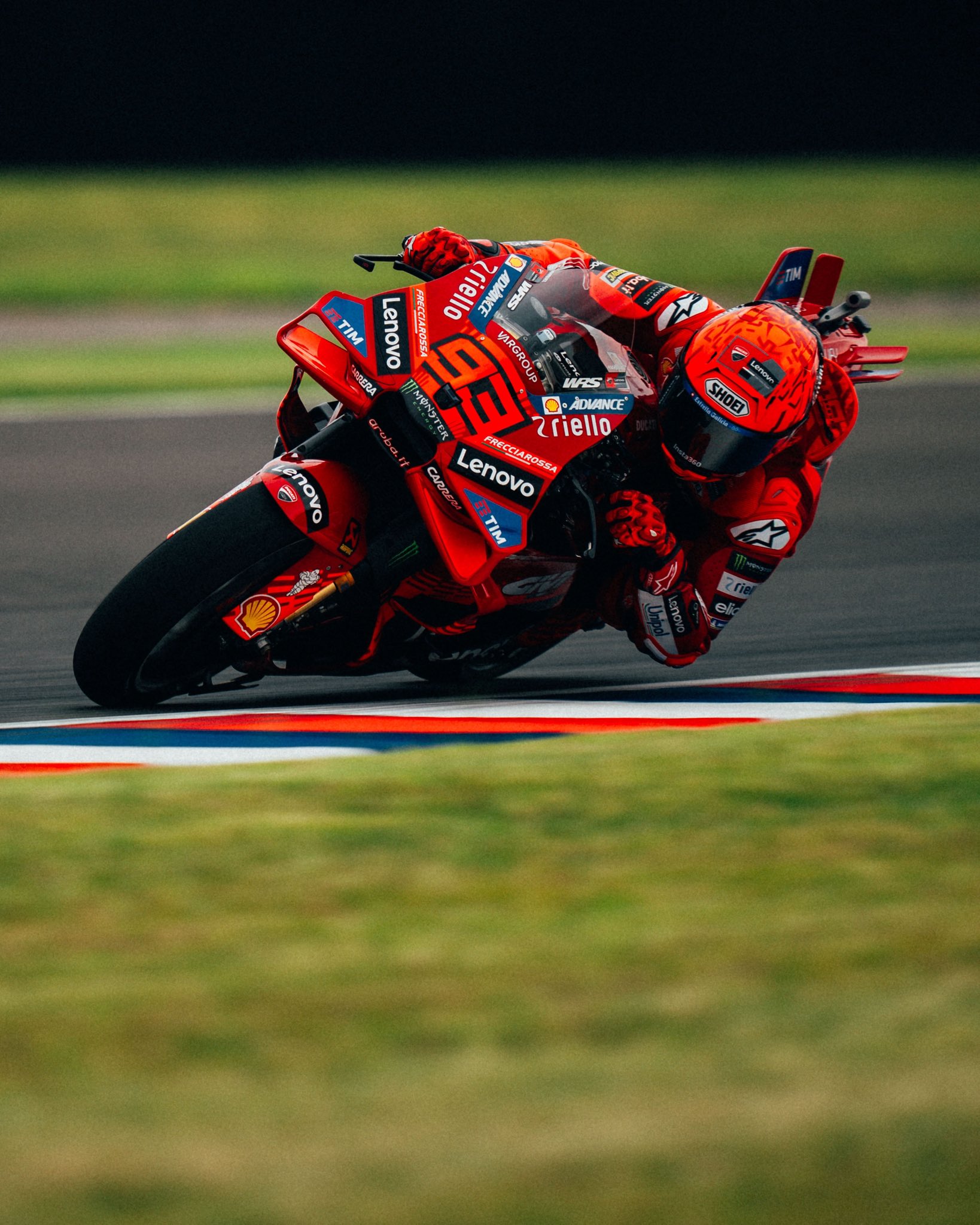The science behind Ducati’s MotoGP dominance
- Isabel Jane Caporaso

- May 6, 2025
- 3 min read
Written by Isabel Jane Caporaso, Edited by Gabriel Tsui

Ducati’s outstanding performance over the past years has sent shivers down the spine of the MotoGP community. The epic shift from underdogs to a feared powerhouse has left everyone wondering what has made the team unstoppable? Ducati’s rise is a consequence of genius innovations, staggering strategies and fierce passion. A truly great story of redemption.
Ducati’s history with racing began in the years between the 1950’s and the 1960’s, when they entered the 125cc and 250cc competitions. They gained solid results as one of their main strengths was the newly introduced desmodromic valve system.
Such a system mechanically opened and closed the engine valves by using two cams as a substitute to the previous valve springs system. Using this framework, Ducati gained reliability. Although mechanical progress was made, they chose to pull out of the racing classes in early 1970’s to focus on developments of their road bikes. Their long awaited return to motorbike racing was made in 1988, when Ducati joined the superbike championship, where they won multiple championships.
In 2003 the team made a roaring comeback to MotoGP, presenting their four-stroke engines Desmosedici GP3.In fact, the 2002 MotoGP season saw the switch from the two-stroke engines to the four-stroke engines. This innovation allowed smoother and more powerful designs, efficient to the point where its influence can still be seen to this day.
Ducati found immediate success in the 2003 season, as the team ended the season at a solid second place in the constructors standings. Although the GP3 was significantly faster on the straights, it showed major issues with the throttle modulation and the chassis, making it difficult to keep up with mid speed corners, traction zones and presented a lack of balance.
As a consequence of the severe issues, most Ducati riders struggled to get the feel. The only rider who truly managed to adapt to the brutal conditions was Casey Stoner, an Australian ex dirt bike rider who joined the team in 2007.
Given his extraordinary experience with off track racing, Stoner found it easy to push the Desmosedici GP7 to its limit, winning that year's world championship. When the Australian chose to part ways with Ducati, the previous struggles reemerged all over again. Even Valentino Rossi struggled with the bike in 2011 and promptly left Ducati two years later.

A paradigm shift in Ducati’s progress was made in 2014, when Gigi Dall'igna was made general manager of Ducati Corse. He tackled most of the struggles with an F1-like approach, as he brought constant evolutions throughout the season.
First new improved winglets were introduced, reducing the amount of wheeling by pushing the front of the bike into the ground. The centre of gravity was then revamped, making it lower with the intent of improving acceleration. In addition, with the new 2015 Spec-ECU regulations, Ducati developed a highly competitive Desmosedici GP15 which ended the season in the third position of the constructors standings.
These reconfigurations took place in a time span of a decade, so by 2024 Ducati finally had a highly performant and dominant bike. To further enhance the innovations brought, an incredible talented driver was added to the lineup.
In 2019, Francesco Bagnaia joined Ducati Corse, with his incredible devotion and passion he became world champion in 2022 and 2023, putting on two of the most dominant seasons ever witnessed by Ducati fans. As of 2025, Ducati Corse presents a compact and passionate drivers line-up, formed by Bagnaia and the eight-time world champion Marc Márquez.

Dedication and determination have made it possible for Ducati to rebuild their MotoGp legacy. The outstanding evolutions and ardent passion has made it possible to step on the highest position of the podium multiple times. Their history is still to be written, what does the future hold for the leading force of MotoGp?










Comments